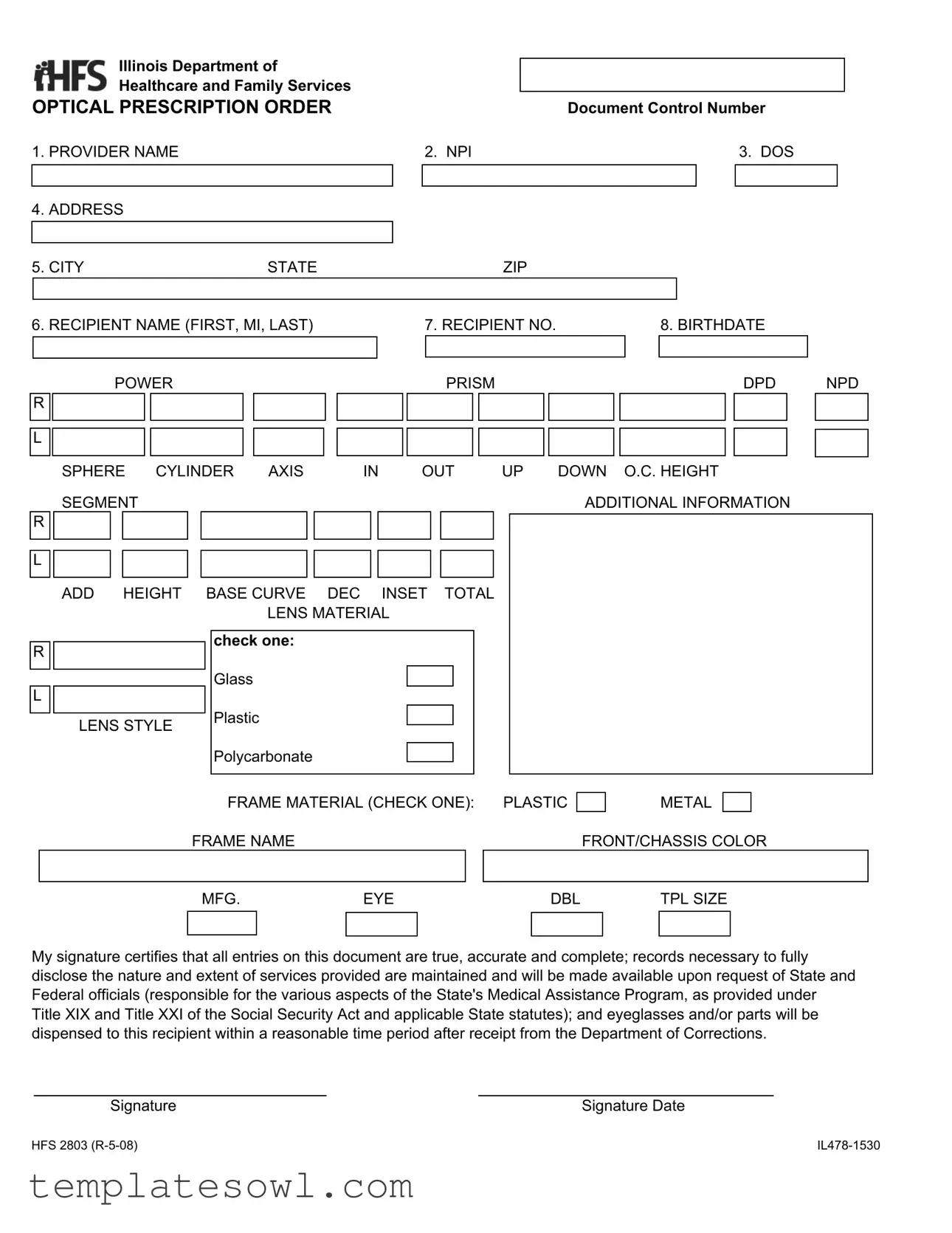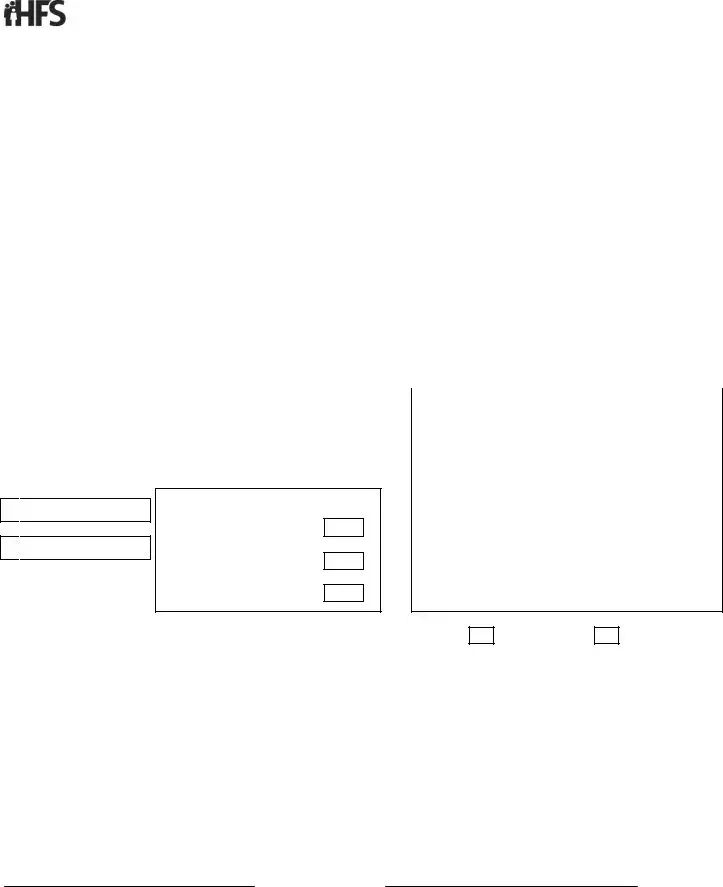What is included in the Contact Lens Prescription form?
The Contact Lens Prescription form consists of several key sections. It captures the provider's details, such as the provider's name and NPI (National Provider Identifier). The date of service (DOS), address, city, state, and zip code of the provider are also included. Additionally, it requires patient information like the recipient's name, recipient number, and birthdate. Optical specifications such as power, prism, and measurements for each eye are requested. There’s also a section for lens material options, frame material, and other relevant details about the frames and lenses prescribed.
Who is allowed to fill out this form?
This form must be completed by a qualified eye care professional. Optometrists and ophthalmologists typically provide prescriptions for contact lenses. It is crucial that the prescribing provider has a current and valid license to practice. This ensures that the information provided is accurate and complies with state and federal regulations.
How is the prescription verified?
The signature on the form certifies the accuracy of the information provided. Verification may be conducted by state or federal officials who ensure compliance with medical assistance programs. They may request the provider's records to confirm that the services documented align with the medical needs of the patient. Patients can also share this form with their chosen lens provider to facilitate the fitting and dispensing of their contact lenses.
What should I do if my prescription is not filled correctly?
If your prescription is not filled properly, immediate action is necessary. First, contact the provider who wrote the prescription to address the concerns. They can provide clarification or amend the prescription if needed. If the issue persists, reach out to the eyecare provider who dispensed the lenses. Ensuring the details are correct is vital for your vision health and comfort.





